Latest Thread
You are using an out of date browser. It may not display this or other websites correctly.
You should upgrade or use an alternative browser.
You should upgrade or use an alternative browser.
Siper veri bağı donanımı
Siper Hardware of Datalink or Datalink Hardware of Siper.
I don't know if the device called Siper or it is related to Siper missiles.
So basically room for future installationSiper datalink connection housing.
Thanks for your info, naval shipbuilding prices can‘t be compared 1:1 with different acquisition contracts of countries.I have tried to explain before, the prices are 'fluid'. If we look at the contract signed between builder and the customer (SSB) the price appears to be much lower but lacks certain systems.
Mk 45 Gun + FCR of this gun + Propulsion system (MT30 + Diesels + CODLOG) cost about $110-$130 mil nowadays.
We need to mind the inflation as well. My values are given for FY2023-2024. $260 in FY2012 is $340-350 in 2023.
But the newest heavier 4,300t Ulsan class Batch III frigates with integrated mast and more powerful AESA panels etc. cost $316 mil. And afaik Korean naval contracts are fixed prices with propulsion, main gun, radars etc. included.
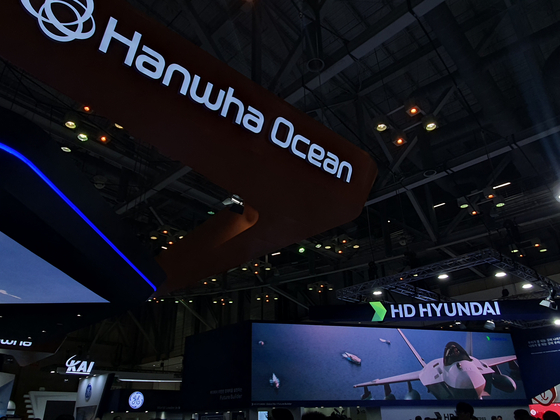
Hanwha Ocean, HD HHI vie for $632M Navy contract
Hanwha Ocean and HD Hyundai Heavy Industries (HD HHI) are each vying for a government project to build the last two FFX Batch-III frigates for the Navy worth 830 billion won ($631.6 million).
koreajoongangdaily.joins.com
Regarding the price issue of equipment, ships, aircraft , it must be taken in to consideration the fact that there are 5 different criteria in play here.
1. Cost of actual production.
2. Sale of items to domestic force.
3. Sale of items to export customers.
4. The contents involved in the sales - like weapons , avionics etc.
5. Payment schedule and credit lines in question.
No one but the manufacturer will know the first item.
Only a couple of years ago around 2020, US approved sale of 4 Seahawk helicopters for 193 million dollars to Greece. (Approx 48million a piece)
Prior to that US had approved sale of 7 Seahawks to Greece worth 600 million dollars. (Approx 85 million a piece)
Then this year Norway placed an order for 6 Seahawks for a price of 1.1 billion dollars. (180 million a piece)
In 2021 US Navy purchased 3 Seahawks for a price of 129 million dollars (43million a piece)
All these purchases contained different levels of armaments and auxiliary equipment. But clearly there is a difference when it is your own force buying the same item.
So as @Anmdt has stated, the price issue is fluidic. It varies from customer to customer, what is actually included in the package and the financial agreements involved.
Koreans have just started a frigate program called FFX-Batch-IV for 6 units of 4500to to 5000ton frigates worth 3.07 billion dollars. They will contain the latest technology marvels Koreans can muster and be as indigenously produced as possible to free South Koreans‘ hands when selling them to third parties. They may be 500million a piece to Koreans. But could very well be a lot more to a country that really needs such a frigate and can’t buy it elsewhere. Alternatively it can be much cheaper to a country that doesn’t need all the bells and whistles the standard Korean ships will have.
1. Cost of actual production.
2. Sale of items to domestic force.
3. Sale of items to export customers.
4. The contents involved in the sales - like weapons , avionics etc.
5. Payment schedule and credit lines in question.
No one but the manufacturer will know the first item.
Only a couple of years ago around 2020, US approved sale of 4 Seahawk helicopters for 193 million dollars to Greece. (Approx 48million a piece)
Prior to that US had approved sale of 7 Seahawks to Greece worth 600 million dollars. (Approx 85 million a piece)
Then this year Norway placed an order for 6 Seahawks for a price of 1.1 billion dollars. (180 million a piece)
In 2021 US Navy purchased 3 Seahawks for a price of 129 million dollars (43million a piece)
All these purchases contained different levels of armaments and auxiliary equipment. But clearly there is a difference when it is your own force buying the same item.
So as @Anmdt has stated, the price issue is fluidic. It varies from customer to customer, what is actually included in the package and the financial agreements involved.
Koreans have just started a frigate program called FFX-Batch-IV for 6 units of 4500to to 5000ton frigates worth 3.07 billion dollars. They will contain the latest technology marvels Koreans can muster and be as indigenously produced as possible to free South Koreans‘ hands when selling them to third parties. They may be 500million a piece to Koreans. But could very well be a lot more to a country that really needs such a frigate and can’t buy it elsewhere. Alternatively it can be much cheaper to a country that doesn’t need all the bells and whistles the standard Korean ships will have.
Last edited:
If you are referring to base configuration it is about $120-140 million.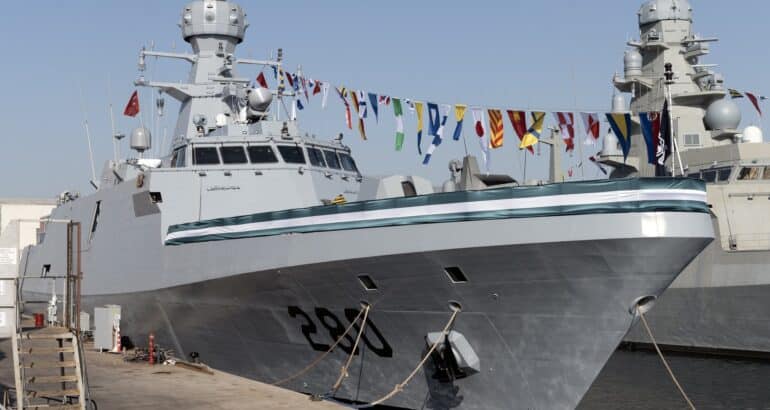
PNS Babur (280) at the delivery ceremony in Istanbul Naval Shipyard (Photo courtesy of Cem Devrim Yaylali, used under his permission)
Turkiye Delivers Corvette To Pakistan, Launches 2 OPVs For Turkish Navy
On Sept. 23, 2023, ASFAT Inc, a defence contractor affiliated with the Turkish Ministry of Defense, ceremonially handed over the first Babur-class corvette (PN MILGEM), PNS Babur (280), to the Pakistan Navy at the Istanbul Naval Shipyard. In addition, the first two Hisar-class OPVs for the Turkish Navy were launched during the same ceremony.
Tayfun Ozberk 24 Sep 2023
Turkish Defense Minister Yasar Güler and his Pakistani counterpart Anwar Ali Hayder attended the ceremony, along with other senior officers from the Turkish and Pakistani navies and representatives of Turkish defense companies.
Speaking at the ceremony, Defense Minister Yaşar Güler stressed that the simultaneous construction of four corvettes and two offshore patrol vessels in the Istanbul and Karachi shipyards as part of Pakistan’s MİLGEM project was a first in the history of the Turkish Republic and the defense industry.
Minister Güler pointed out that relations with Pakistan are improving day by day in all fields and said, “Our defense industry projects are one of the most important pillars of our cooperation.“
About Pakistan PN MILGEM / Babur-class corvettes
4th Babur-class corvette PNS TARIQ (283) (ASFAT image)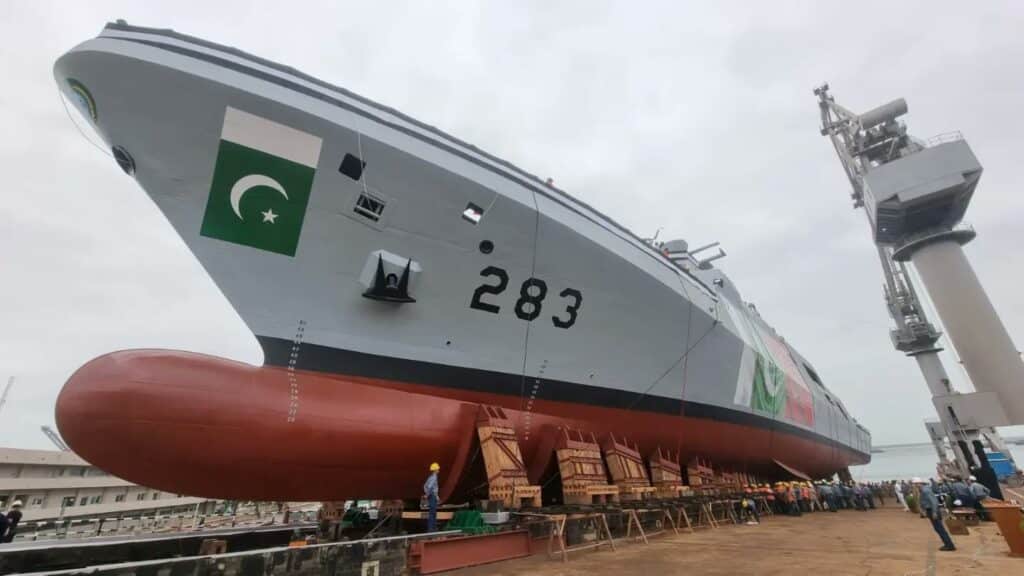
PN MILGEM Program consists of 4 ships, 2 ships are being built in Istanbul Shipyard Command and another 2 are being built in KS&EW. Turkish Ministry of Defence owned ASFAT Inc. is the primary contractor of the project. The program started on 11 March 2019. The deliveries of the ships, which will be able to perform all kinds of military duties from air defense to submarine defense, are expected to be made at six-month intervals starting from August 2023.
The exact configuration of the PN MILGEM-class ships has not been made public yet. During the Aman Naval Exercise held in February 2019, Admiral Abbasi said that Pakistan ships will be fitted with a 16-Cell VLS behind the main gun. It is expected that the Babur-class corvettes will be armed with MBDA’s Albatros NG air defence system and Harbah Anti-ship and land attack missiles.
The propulsion system for all the MILGEM ships consist of one LM2500 gas turbine in a combined diesel and gas turbine configuration with two diesel engines; total propulsion power is 31,600 kilowatts.
Turkey’s Ada-class are multipurpose corvettes able to conduct a wide a range of missions, including reconnaissance, surveillance, anti-submarine warfare, surface-to-surface and surface-to-air warfare.
Key data:
- Displacement: 2,926 tonnes
- Length: 108.2 m
- Beam: 14.8 m
- Draft: 4.05 m
- Propulsion: CODAG
- Max speed: 31 knots
- Range: 3500 nautical miles
- Endurance: 15 days at sea
- Crew: 93+40
About Hisar-class OPV
TCG Akhisar, the lead vessel of the Hisar-class OPVs, being launched, while TCG Koçhisar is waiting for its turn (ASFAT photo)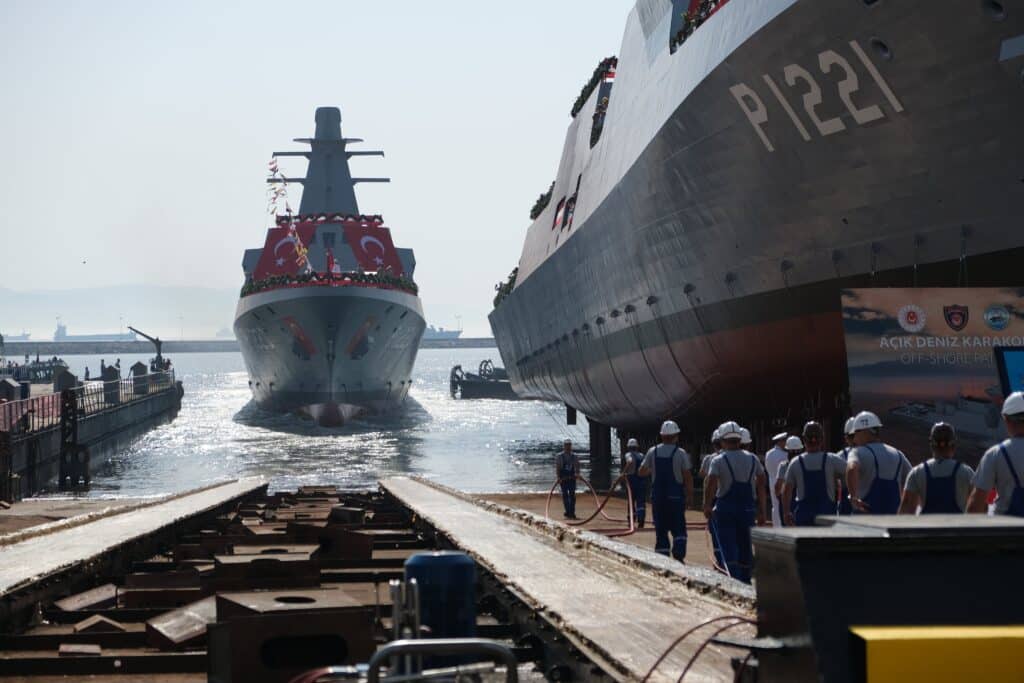
Under the Offshore Patrol Vessel Project, initiated to meet the needs of the Turkish Naval Forces, the construction of 10 vessels is planned. The first ship is scheduled to be launched in 2023. Developed as a variant of the MİLGEM-class corvettes, the Hisar class OPV has been redesigned with a different main propulsion system and a different structural and general layout concept, allowing it to be built in a shorter time and at a lower cost.
The primary missions of the OPVs to be built are intelligence, surveillance, and reconnaissance (ISR), search and rescue (SAR), counterterrorism, maritime interdiction operations (MIO), and maritime special operations. Other missions include naval air operations, electronic and acoustic warfare, land bombardment, defense against asymmetric threats, maritime traffic protection, and support and training for amphibious operations.
The Hisar-class OPV is being built using the “fitted for but not with” concept, which allows for the integration of newly developed indigenous weapon and sensor systems. The OPV, which can accommodate a total of 104 people, will have a range of 4500 nautical miles with its CODELOD (COmbined Diesel-eLectric Or Diesel) main propulsion system.
Specifications:
A rendering shared by ASFAT indicates a heavily armed ship compared to average OPVs. According to the rendering, the OPVs will be equipped with anti-ship missiles (likely ATMACA or CAKIR), a 2×4 vertical launch system to launch surface-to-air missiles (probably Hisar family air defence missiles), a Gökdeniz close-in weapon system (CIWS), a 76-mm gun, and a small missile launcher, likely to launch laser-guided L-UMTAS missiles.
- Overall length: 99,56 meters
- Beam: 14,42 meters
- Draft: 3,77 meters
- Maximum speed: 24 knots
- Displacement: 2300 tons
A rendering showing the design of the Hisar-class OPV (ASFAT image)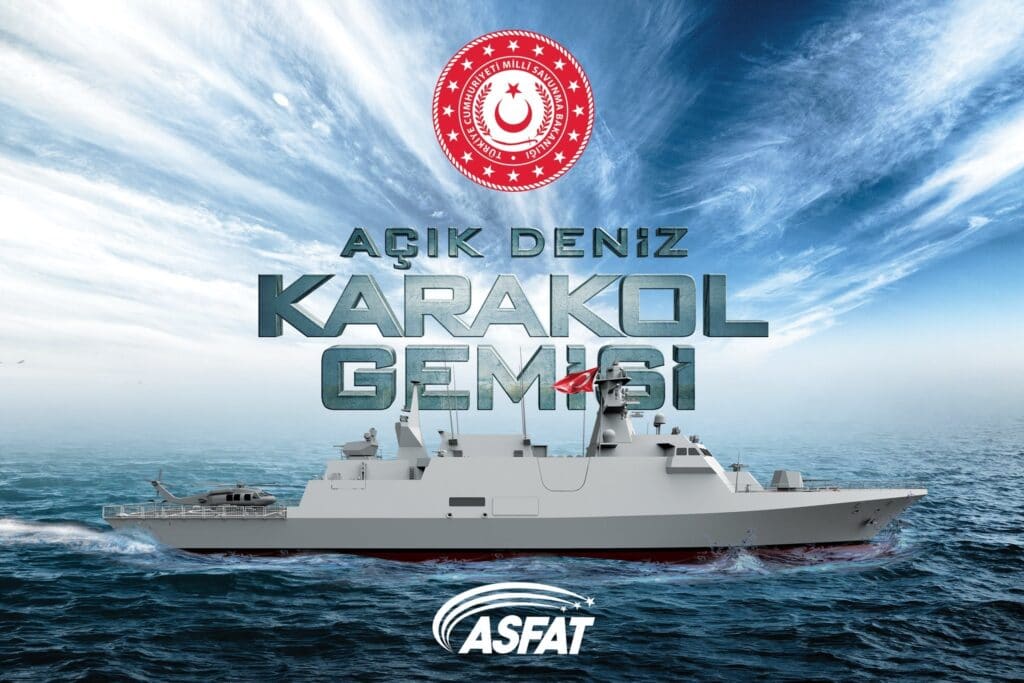
Considering the Turkish Ministry of Defence’s announcement marking the commencement of the construction of the OPV which indicated a “fitted but not with” design approach, it’s unclear whether the above weapons will be installed on the first ship, as officials didn’t provide specifics on the armament and sensor equipment of the OPVs.
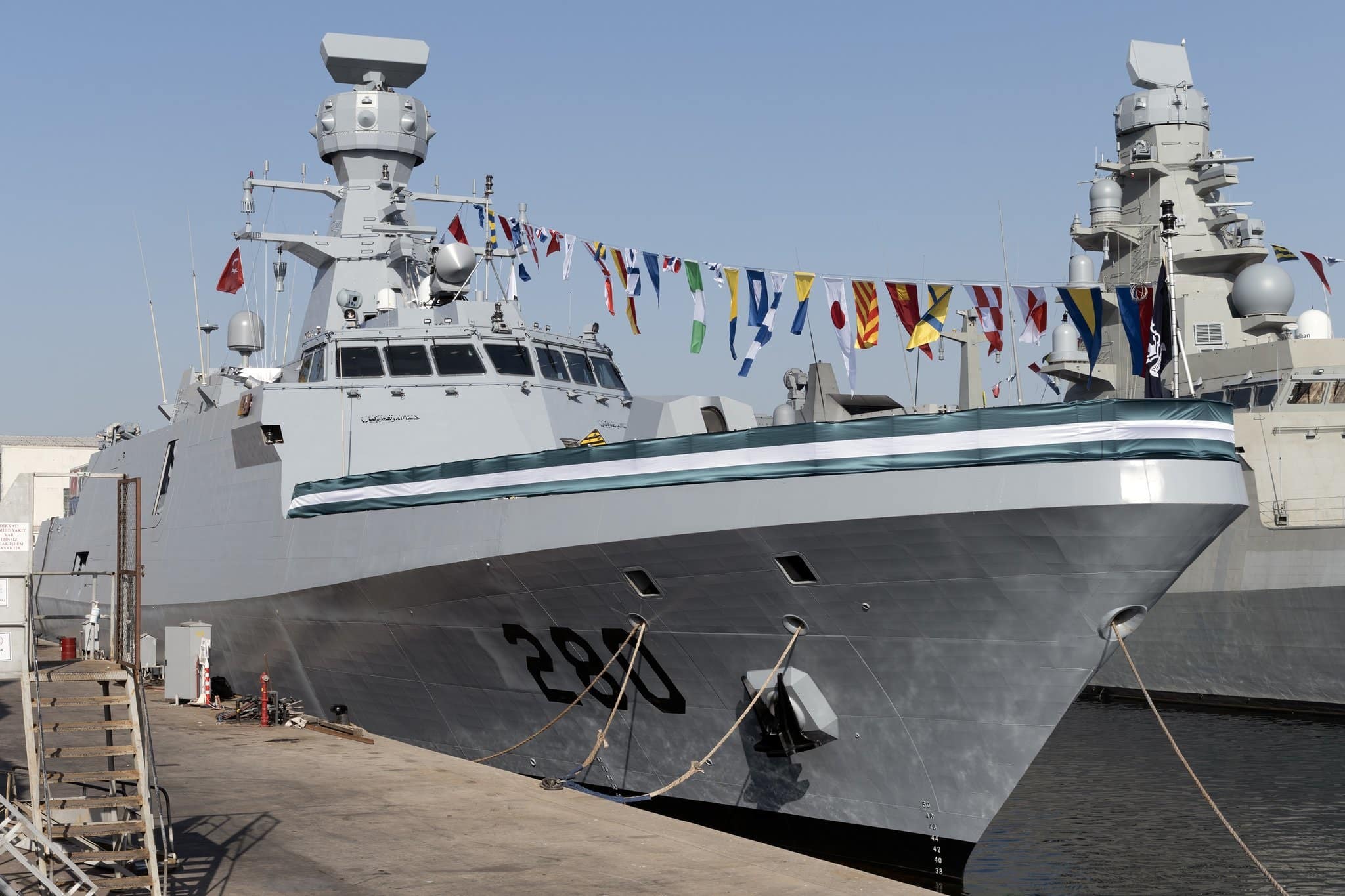
Turkiye delivers Corvette to Pakistan, launches 2 OPVs for Turkish Navy - Naval News
Turkiye ASFAT handed over the first Babur-class corvette (PN MILGEM), PNS Babur (280), to the Pakistan Navy at the Istanbul Naval Shipyard.www.navalnews.com
@Anmdt What is likely to be the cost of HISAR OPV in abovementioned configuration.
Base configuration;
76mm
2 x 12.7 stabilized turret
Hull mounted sonar* ( unsure if installed )
Entrt level 3D radar
Entry level ESM
TACAN
Helicopter arrest-traverse system
2 x Fire Control Radar (Block A2)
2 x E/O
Navrads
IFF
Advent with 3-4 consoles in lite configuration.
*Installed
I think it is to be installed prior to the commissioning, as part of the VLS suite. Altogether with Hisar-D / ESSM controller (or controller unit for any SAM)So basically room for future installation
Last edited:
Provided some revisions.There is CIWS on Babur. It is not installed yet. Should have arrived at shipyard too.
- Hull construction, anything except weapon - sensor systems costs nearly as $180 (revised to 130) to 200 (revised to 150) million. *
- Sensors provided by Aselsan costs $95 million per ship. This value does not include integration (+$5 million). **
- Other systems like CMS, IDS, consoles etc. and integration costs of these, $30 to 50 million including integration.
- Price of MKEK 76mm, MILDAS is not known yet. Neither the companies know an exact price. I am giving these $15 to 30 million without ammunition, missiles.
$325 (revised to 275) to 380 (revised to 340) million is a possible range without spendables. ***
Considering 16 Atmaca, 64 Hisar-D (as visioned for I-Class) , ammunition for 76 + 25 + 35 mm cannons would cost $100 (revised to 70) million, safely.
$425 (revised to 350) to 490 (revised to 415) million is a possible range with full load. And also a fair price point. For export this price would go up to $400 to 450 million.
* Ada Class was $100 million excluding the inflation, inflation is nearly %50 in USD during the last 15 years + a larger hull, mast, additional equipment etc. For more information refer to SSB reports in earlier times (2010).
** This price is heavily bargained and subsidized as a result of R&D costs funded by SSB, Aselsan may not be profiting at all, also not including every system that Aselsan delivers.
*** Range varies because Tübitak also delivers some components like, de-gaussing system, wet-end of sonar etc. there are also others that were not mentioned among the big ones.
Provided a revision. Turns out certain items cost less than what it costed with First Ada Classes, excluding the inflation.
You should also consider that anything bought under the scope of military projects for the Turkish armed forces is exempted from the tax(%20). When TAIS buys ship steel or Cenk-S in the scope of Milgem 6-8 the company doesn't pay the tax. This helps to keep costs down.
If you are referring to base configuration it is about $120-140 million.
Base configuration;
76mm
2 x 12.7 stabilized turret
Hull mounted sonar* ( unsure if installed )
Entrt level 3D radar
Entry level ESM
TACAN
Helicopter arrest-traverse system
2 x Fire Control Radar (Block A2)
2 x E/O
Navrads
IFF
Advent with 3-4 consoles in lite configuration.
*Installed
I think it is to be installed prior to the commissioning, as part of the VLS suite. Altogether with Hisar-D / ESSM controller (or controller unit for any SAM)
Also that s up to how much % of parts we need to import or pay the licence feeYou should also consider that anything bought under the scope of military projects for the Turkish armed forces is exempted from the tax(%20). When TAIS buys ship steel or Cenk-S in the scope of Milgem 6-8 the company doesn't pay the tax. This helps to keep costs down.
Yeah i don't really know about this and also VAT, been working in a field in the village for last 10 years.Also that s up to how much % of parts we need to import or pay the licence fee
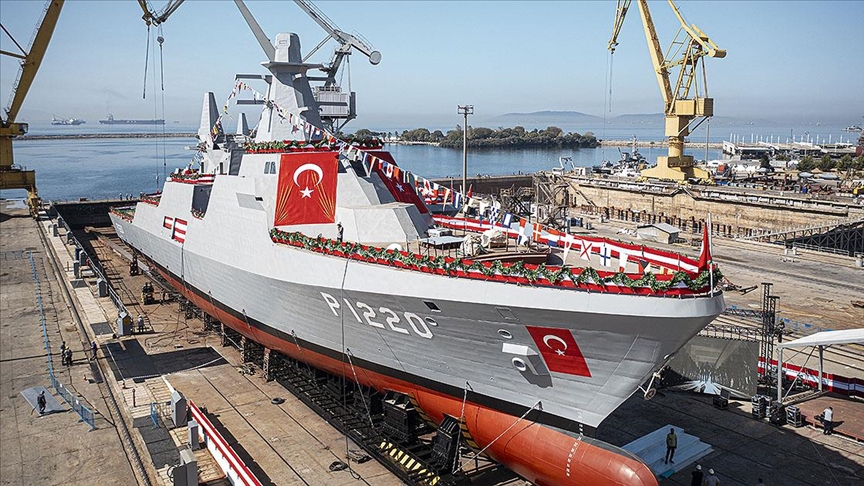
Açık deniz karakol gemileri ile Türkiye'de ilklere imza atıldı
Türkiye'nin denizlerdeki hak ve menfaatlerini etkin şekilde korumak amacıyla yürütülen Açık Deniz Karakol Gemisi Projesi, Türk savunma sanayisi açısından ilkleri barındırıyor. - Anadolu Ajansı
We have missed some major progresses about shipbuilding once again. OPV project lies to be important for future projects.
- Mega blocks were used, this has reduced time spent on the slipway (erection, block merging). Such operations take twice as long compared to in-hangar merging operations. However, working with mega blocks is also hard as the size grows, so does the error but not the tolerances.
- Equipped blocks were used, the mega blocks, blocks or sub-blocks are made with equipment, the degree of equipping is not clear but use of pipes, cabling routes, auxiliaries and engines would save a remarkable redo time in the dry dock.
- As a result of utilizing equipped blocks, ships are ready to be powered on, instantly, and ready to start harbor acceptance test for some components.
ASFAT has prepared 4 alternative designs for variants of the OPV, 2 of which we have seen, that may also perform AAW duties. This indicates, TN is considering an alternative OPV design on top of 10 planned OPV (sisterships of first two hulls) or remaining 8 ships may be built in different configurations altogether (not mentioning of FFBNW but readily available with heavy weapons).
Last edited:
I hope this is their plan, we could really use some more warships designed anti-air.TN is considering an alternative OPV design on top of 10 planned OPV
ASFAT has prepared 4 alternative designs for variants of the OPV, 2 of which we have seen, that may also perform AAW duties. This indicates, TN is considering an alternative OPV design on top of 10 planned OPV (sisterships of first two hulls) or remaining 8 ships may be built in different configurations altogether (not mentioning of FFBNW but readily available with heavy weapons).
Let’s say, the second concept is meant for AAW. There is no question about its weapon load. However, with such entry level radar how can it perform effective AAW?
Isn’t this big asymmetry between weapon package and sensor package going to adversely affect the ship's technical capabilities?
is it possible ASFAT will introduce I class must on any of these OPV designs that can house Chenk?
Last edited:
From front to back:
PNS Babur
TCG İstanbul
TCG Heybeliada
PNS Kaibar
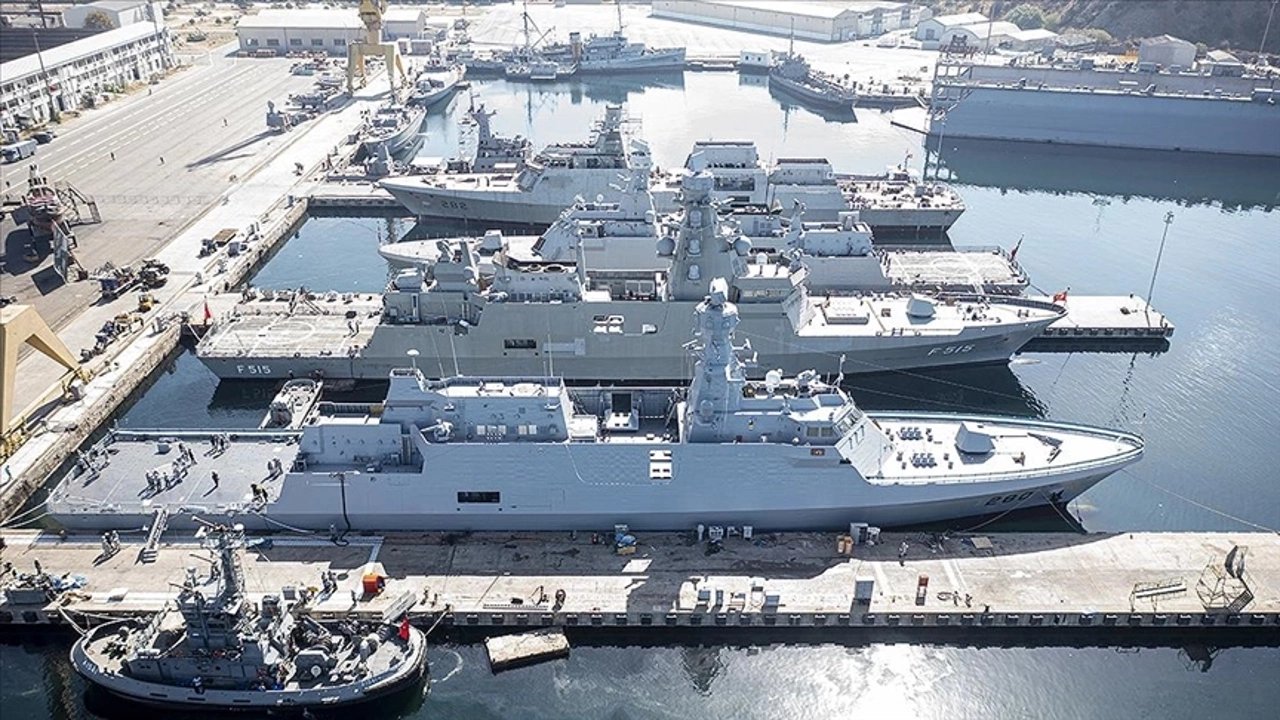
PNS Babur
TCG İstanbul
TCG Heybeliada
PNS Kaibar

Babur and Ada difference is much clearer here. Babur and Kaibar are nearly 10m longer. While Istanbul and Babur are more similar with Istanbul being a tad longer.
Wish we could see a nice top down but non commercial satellite images are not updated yet.
I believe these are just a "leaked" image, submitted for a customer during evaluation, and has little to do with actual plans submitted to the officials.View attachment 61410
View attachment 61409
Let’s say, the second concept is meant for AAW. There is no question about its weapon load. However, with such entry level radar how can it perform effective AAW?
Isn’t this big asymmetry between weapon package and sensor package going to adversely affect the ship's technical capabilities?
is it possible ASFAT will introduce I class must on any of these OPV designs that can house Chenk?





